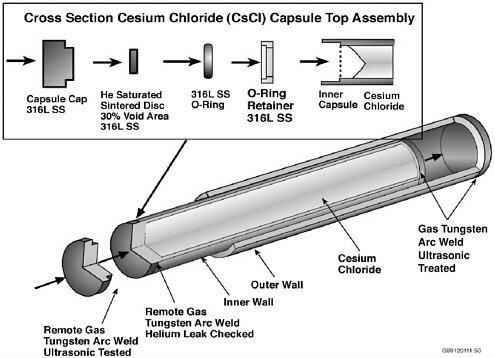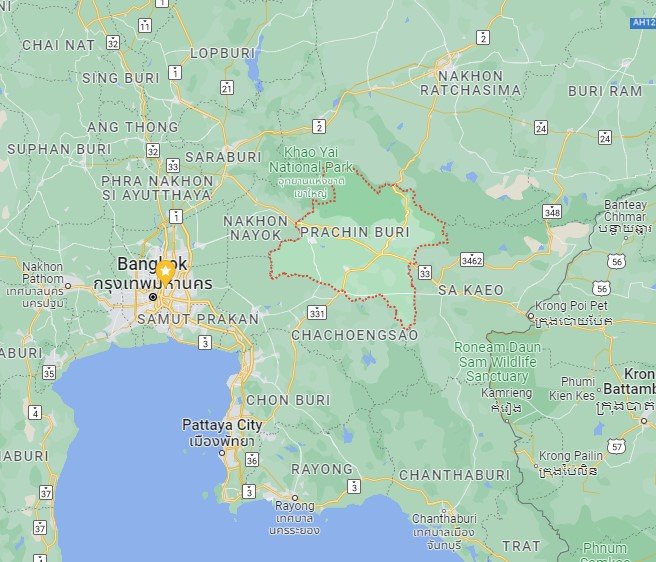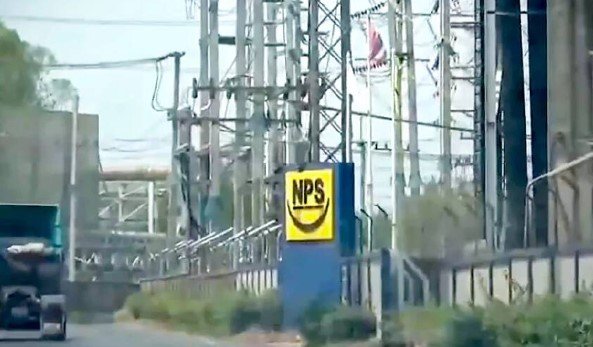The radioactive isotope Caesium-137 is thought to have disappeared from a power plant in an industrial area in the Prachin Buri province of central Thailand on February 23. Thai authorities are frantically trying to locate the steel tube.
The cylinder was gone, and employees discovered it on Friday. They reported it to Sri Maha Phot Police Station that day.
According to the corporation, anyone with information on the whereabouts of the Caesium-137 will receive a prize of 50,000 baht.
The drug is contained in an eight-inch-long, five-inch-diameter steel tube that weighs 25 kilograms.

The radioactive isotope won’t harm human health or the environment unless the cylinder is taken apart, according to plant staff.
Caesium-137 is odorless and invisible. Every body part exposed to the chemical will experience beta and gamma radiation necrosis (body tissue decay).
Permsuk Sutchapiwat, secretary of Thailand’s nuclear research organization, Office of Atoms for Peace, issued a warning.
Please don’t shatter the cylinder because doing so could expose you to a significant risk of cancer and other dangerous illnesses when you are directly exposed to it.
In line with the CDC…
“External exposure to high Cs-137 concentrations may result in burns, acute radiation sickness, and even fatalities. Because of the high-energy gamma radiation exposure caused by exposure to Cs-137, cancer risk may increase.
Via ingesting or inhalation, internal exposure to Cs-137 enables the radioactive material to be dispersed throughout the soft tissues, particularly muscle tissue, subjecting these tissues to beta particles and gamma radiation and raising cancer risk.

A team of 50 personnel from National Power Plant 5A Co., Ltd. and the Office of Atoms for Peace assembled to investigate the facility grounds for the missing radioactive isotope were unsuccessful. They think it has been removed.
Without success, the team looked in 26 different places in the Si Maha Phot region, including salvage yards, thrift stores, and antique shops.
The crew is extending their hunt for Chachoengsao factories that purchase steel from scrap yards or industries.
According to recent assessments, the chemical is not present in the immediate vicinity.




